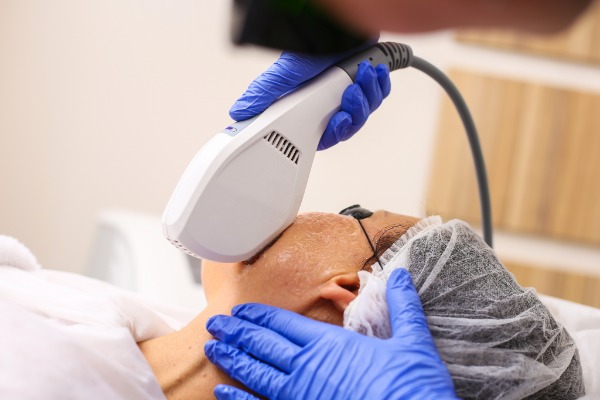
Procedure Time: 15-30 minutes
Recovery Time: Minimal downtime
Results Duration: Maintenance treatment required after 6-12 months
Cost: Varies, approx. £100 - £300 per treatment
Anaesthesia: Topical anaesthesia or cold air
For a full list of FAQs please Click Here.
Developments in laser or intense pulsed light (IPL) treatments have centred on trying to improve non-ablative light sources that do not harm the surface of the skin, but still cause visible improvement of lines and wrinkles. This treatment is usually called "photo rejuvenation", and although the aim is wrinkle improvement, these machines do not, as yet, produce the sometimes dramatic results achieved with the more aggressive skin resurfacing approach. There are many different types of laser, IPL/LHE and LED system available on the market. Each machine has its own individual profile and body of clinical evidence to support treatment claims - make sure that you ask for this when you visit a clinic. In general, most of these systems can reduce the appearance of some pigmented changes and small thread veins on the face. Claims for improvement in the appearance of actual wrinkles, any tightening of the skin, or reduction in the appearance of acne scars should be carefully questioned The cost of skin rejuvenation can be in the range of £100 - £300 per treatment.
Do you have a question? Ask one of our experts NOW